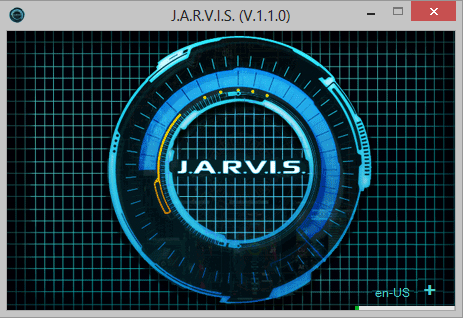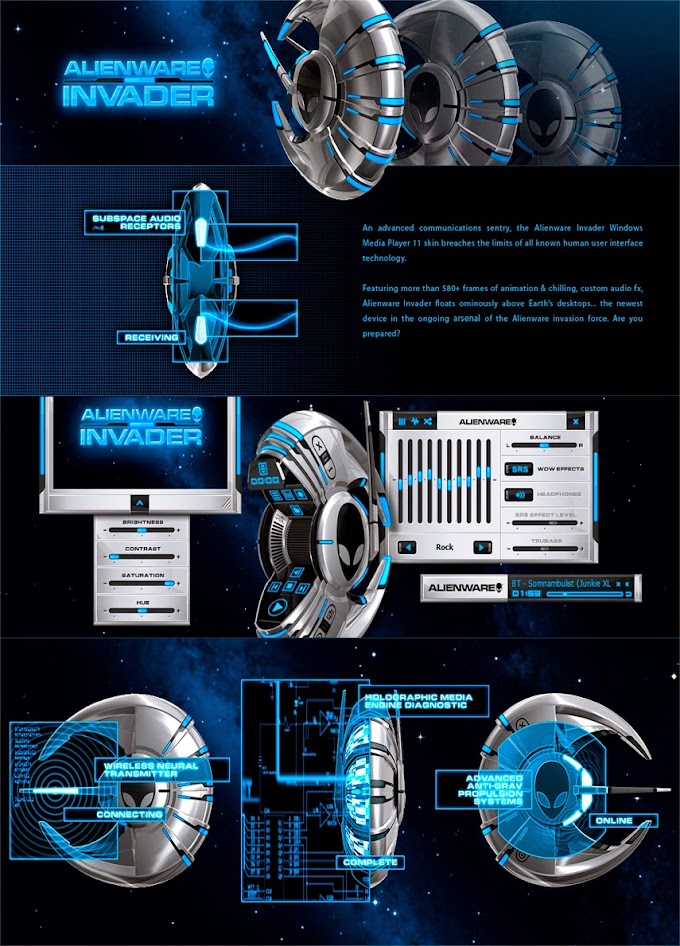Showing posts from 2015
Breaking Ticker
Labels
- News 61
- SeO 54
- Tips 41
- FUN facts 31
- Info. 28
- How to 20
- Google 13
- Android 11
- Blogging 11
- Graphics 9
- Photoshop 9
- Apple 7
- c# Tutorials 7
- SEO for Beginner 6
- JAVA 5
- A.I 4
- HTML 4
- Make money online 4
- Photography 4
- google webmaster 4
- College stuff 3
- Cloud Computing 2
- Movie Info 2
- business 2
- instagram marketing 2
- Android Programming Tutorials 1
- Contrinution 1
- Facebook 1
- SEO Tools 1
- Xcode 1
Product Services
Best Services
Footer Copyright
All Right Reserved Copyright © by Mithilesh Joshi
buttons=(Accept !) days=(20)
Our website uses cookies to enhance your experience. Learn More
Accept !










